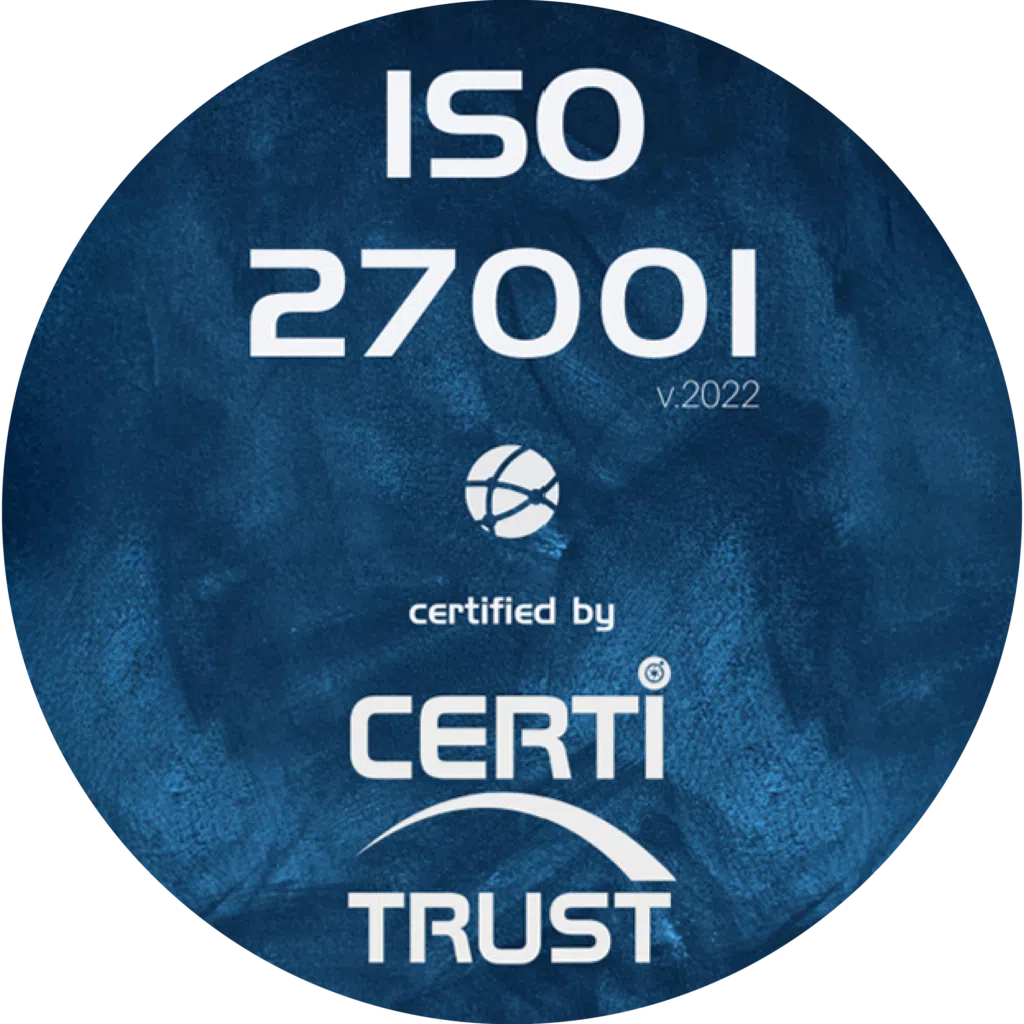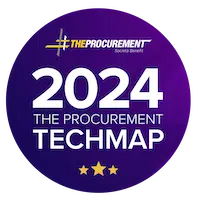The supplier relationship is a strategic issue in the purchasing process. Maintaining good relations with suppliers is a source of growth for the company, and a real competitive advantage. A good supplier relationship is a guarantee of quality and synonymous with success for the company. With a view to improve supplier management, this article outlines the key points to be aware of in order to establish good supplier relations, and the benefits they bring.
What is a supplier relationship?
Until a few years ago, the supplier relationship represented an unequal relationship between a company and its suppliers. The supplier had to follow the customer’s instructions to the letter. However, a healthy relationship must allow for a degree of reciprocity, with shared interests. As a company needs suppliers to operate (materials, products…), it must establish cordial exchanges with its partners. By definition, the supplier relationship refers to the existing relationship between the company and its various suppliers. It’s a relationship of trust that can flourish over time, if both parties respect their commitments. Company and supplier are also bound by the financial stakes involved in working together.
It is therefore important to maintain a good relationship with suppliers, in order to gain long-term competitive advantages such as preferential payment terms. Supplier relations are a growth lever for the company, in the sense that they enable the creation of added value, save time and improve purchasing performance through better product quality. Taking an interest in supplier relations is a strategy for increasing sales, with a win-win system for both parties. It’s part of good business management practice.
How to build supplier relationships
To get off to a sound start with a future supplier, it’s important to carry out a prospecting phase that will enable the company to identify potential suppliers with whom it can work. This is what we call supplier sourcing: a strategy for targeting and improving knowledge of suppliers in line with the company’s needs. Once this stage has been completed, the next step is to select strategic suppliers. This requires attention to the quality standards of the products or services on offer, the delivery times quoted and the geographical distance, to name but a few.
Once these steps have been completed, and if the parties involved find common ground, it is essential to strengthen the relationship. In other words, this means establishing a relationship of trust that will benefit both the company and the supplier in question. To facilitate a lasting and controlled relationship, it may be worthwhile to optimize this supplier relationship with an SRM. Some purchasing management tools, such as Weproc, offer the possibility of centralizing all information in a supplier panel. The aim for the company is to gain an overview, monitor suppliers in real time, and gain a better understanding of their profile, thanks to access to data that has already been processed.
Why build partnerships?
Partnerships maintain a privileged relationship, which can be an asset in the purchasing process. An important point to mention is that a partnership has an influence on the overall efficiency of the Supply Chain. Partnerships can be created thanks to transparent and reliable exchanges between the two stakeholders. As a result, relations become more fluid and opportunities arise (negotiation on prices, discounts based on order volume, agreement on payment deadlines, etc.)
How can we achieve this?
As mentioned above, establishing a relationship of trust is the key to healthy collaboration. Establishing a relationship over time encourages commitment. By maintaining a cordial relationship over the course of each order, and respecting contractual agreements, it is possible to create stable supplier relationships. To achieve this, the company needs to work in collaboration with its suppliers, based on the principle of reciprocity. The company needs the supplier, just as the supplier needs the company to prosper. As the supplier relationship is a lever for growth, it is important to support suppliers in acquiring the commercial and economic resources they need to evolve, and this must be established as an objective for the organization.
The benefits of good supplier relations
Building a balanced, long-term relationship with suppliers is the key to improving a company’s purchasing function. Good supplier relations make it possible to keep abreast of market trends and the latest innovations, and to establish a better understanding of the suppliers on the market. It is then easy to see that customer satisfaction is correlated with the state of the supplier relationship : the stronger it is, the higher customer satisfaction will be. Healthy supplier relations also mean respecting delivery and payment deadlines, to avoid late payments. A late supplier puts the company’s production chain at risk, and conversely, a bad payment weakens a supplier and alters trust. Establishing a responsible supplier relations charter is a step in this direction.
In short, good supplier relationship management reduces supplier risks such as delays or, worse still, systemic bankruptcies. Costs are also reduced, thanks to successful negotiations between the two parties involved, which in turn increases the company’s margins. In fact, it’s in the interests of both company and supplier to establish a win-win relationship. The resulting competitive advantages are numerous: better cost control, more secure purchasing, higher quality standards. In an increasingly competitive society, these advantages enable the company to distinguish itself from its competitors and build brand loyalty. What’s more, invoice processing, if properly optimized, can be an asset in supplier relations, particularly with SRM software (Supplier Relationship Management).


Digitization with Supplier Relationship Management
With a Supplier Relationship Management solution, productivity can be increased. Data transparency and real-time information exchange with suppliers are facilitated by software that ensures optimal monitoring of the management process. Instead of wasting many minutes searching for a specific document, reconciling an invoice or finding a product reference, centralized information provides complete visibility of the management process.
Moving from a traditional system to the use of a tool such as purchasing management software represents a considerable technological advance for the company. Although it may be difficult to make a digital transition within a company, the economic benefits will be all the greater. SRM offers a number of advantages for implementing supplier relationship management.
- Facilitates calls for tender
- Efficient processing of supplier orders and invoices
- Enables exchanges with several suppliers
- Provides visibility over all suppliers
- Real-time supplier tracking
- Automates the purchasing process
Using SRM requires a few simple steps to make it effective. To obtain satisfactory and useful results for improved performance, you need to develop a purchasing strategy using SRM, which takes place in 5 stages. The aim of this strategy is to improve management with suppliers.
Integrating supplier relations into a company’s CSR policy
In recent years, supplier relations have become a CSR issue for organizations. In a survey carried out in 2019 by Bpifrance, 70 of the suppliers questioned indicated that they are often asked by their customers about Corporate Social Responsibility (CSR). Companies are increasingly demanding CSR requirements prior to any collaboration with their future suppliers. Attentive to their brand image, companies have included CSR practices in their various processes. The aim is to improve the quality of life of all stakeholders: employees, suppliers and customers. This means respecting payment deadlines, for example, which is considered a value criterion for the company.
On the supplier side, 61% note that “their customers’ CSR demands are leading them to improve their offer and processes”, according to the survey administered by Bpifrance in 2019.Several laws have seen the light of day, notably the 2008 Law on the Modernization of the Economy, which caps payment terms between companies at 60 days (if no prior agreement has been reached between the two parties). A second law, the Sapin II Act, aims to “identify risks and prevent serious harm to human rights and fundamental freedoms, the health and safety of individuals and the environment” (article L225-102-4). Finally, it is interesting to analyze the supplier’s contractual relations and social commitments. Compliance with these elements is ensured by regularly updating the documents that a company may require through its duty of vigilance.
Weproc’s supplier management module digitizes supplier compliance to facilitate administration, and to ensure that attachments comply with the company’s quality control.
Want to learn more about our Weproc procurement management software?
Contact us or request your 15-minute demo below!










